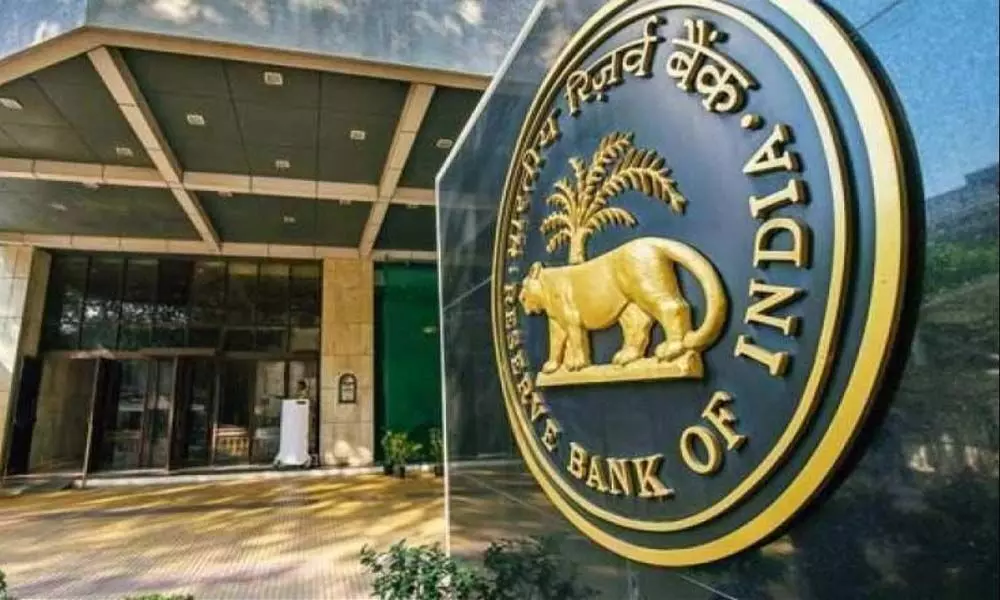RBI releases guidelines for NBFCs with effect from March 31, 2022
image for illustrative purpose

The Reserve Bank of India (RBI) on June 24 issued guidelines that spell out the eligibility criteria for non-banking finance companies (NBFCs) to declare dividends. The RBI said the new rules are framed to infuse greater transparency and uniformity in practice.
The new guidelines will be effective for declaration of dividend from the profits of the financial year ending March 31, 2022 and onwards, the RBI said.
According to the new rules to become eligible to declare dividend, an NBFC need to meet the applicable regulatory capital requirement for each of the last three financial years including the financial year for which the dividend is proposed.
Also, standalone primary dealers should maintain a minimum CRAR of 20 percent for the financial year (all the four quarters) for which dividend is proposed, the RBI said.
Additionally, the net NPA ratio of NBFCs need to be less than six percent in each of the last three years, including at the close of the financial year for which dividend is proposed to be declared, the RBI said.
The RBI said the board of directors, while considering the proposals for dividend, should take into account supervisory findings of the Reserve Bank on divergence in classification and provisioning for non-performing assets (NPAs), qualifications in the auditors' report to the financial statements and long-term growth plans of the NBFC.
Also, the Board shall ensure that the total dividend proposed for the financial year does not exceed the ceilings specified in these guidelines, the RBI said.
The RBI said the proposed dividend must include both dividend on equity shares and compulsorily convertible preference shares eligible for inclusion in Tier 1 Capital. In case the net profit for the relevant period indicates an overstatement of net profit, the same shall be reduced from net profits while determining the Dividend Payout Ratio, the RBI said.
The RBI has prescribed no dividend ceiling for NBFCs that do not accept deposits. For core investment company and standalone primary dealers, the RBI has prescribed a ceiling of 60 percent. For other NBFCs, the ceiling is prescribed at 50 percent.
An NBFC, which does not meet the applicable prudential requirement prescribed in Paragraph 53 above for each of the last three financial years, will be eligible to declare dividend, subject to a cap of 10 percent on the dividend payout ratio, provided certain conditions, the RBI said.
These are meeting the applicable capital adequacy requirement in the financial year for which it proposes to pay dividend and having net NPA of less than 4 percent as at the close of the financial year.
Also, NBFCs declaring dividend need to report details of dividend declared during the financial year, the RBI said.

